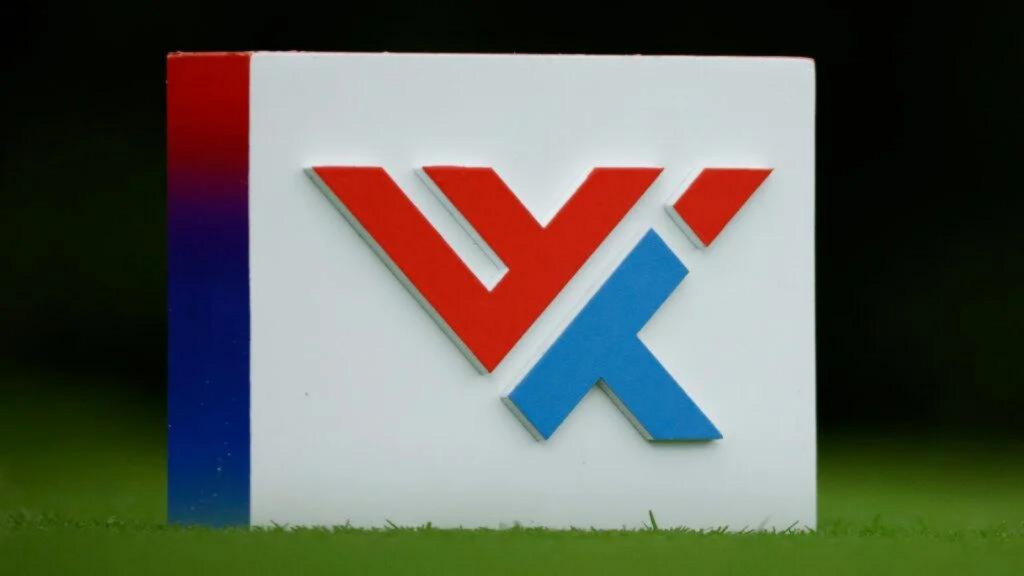This article delves into the fascinating world of technology icons, exploring their evolution, significance, and the genius behind their design. Stay tuned to uncover the untold stories of these silent guides of our digital journey.
Technology Icon
Defining a Technology Icon
A technology icon, simply stated, is a pictorial representation of a particular feature, function, or content within a tech-based system, application, or platform. Think about the small, stylized symbols spotted on smartphone screens or the modest “save” icon in word processing tools. They serve as visual shortcuts, aiming to deliver users an intuitive and seamless digital experience.
Technology icon function as a global language. Visual by nature, icons transcend language barriers, implying that they carry a universal symbolism. To further clarify, contemplate the ‘power’ symbol found on countless digital devices. Regardless of language or location, this symbol exudes a singular message: power on/off.
The Importance of Technology Icon
The Role of Icons in Modern Technology

Technology icon represent the cornerstone of modern digital interfaces. These visual elements, often embodying a multitude of features ranging from basic functionalities like “delete” or “copy” to complex operations like “cloud synchronization,” play a pivotal role in shaping user interactions. They contribute to a streamlined navigation, articulate digital functions clearly, and foster an interactive environment. Illustrating this, consider mobile platforms like iOS and Android. These systems heavily rely on icon-based interfaces, leading to simplified operations and improving digital fluency.
Incorporating technology icon in UI design eliminates language barriers, creating a universal visual language for millions of users across the globe. The universally recognized symbols for WiFi, Bluetooth, and battery, for example, are commonly used icons that demonstrate this principle.
User Experience and Technology Icon
Technology icon significantly govern user experience. Successfully designed icons make digital interactions efficient and intuitive. They reduce cognitive load by swiftly guiding users through the platform, preventing misinformation and confusion. Consider the universally recognized magnifying glass icon, implying ‘search’ across various online platforms and applications. This eases user navigation, ensuring a swift, seamless experience.
Moreover, technology icon render a platform visually pleasing, thereby enhancing user satisfaction. Powerful visual appeal can significantly affect the perceived usability and performance of an application. In fact, a case study conducted by Nielsen Norman Group mentioned that effective iconography influences user satisfaction levels by 48%, further affirming the importance of technology icons.
Prominent Examples of Technology Icons
Notable Icons in Popular Software

Foremost among technology icon are those incorporated into widely used software. Microsoft Windows, one of the most popular operating systems globally, adopts the “start button,” a quintessential example for this category. This button, represented by a stylized window, serves millions of users daily, guiding them to access menus and files.
Moving into the mobile world, Apple’s iOS uses the “home button” icon, a square within a circle. Given the iPhone’s huge global user base, many associate this icon directly with the intuitive navigation back to the phone’s home screen.
Another example is Adobe Creative Suite’s unique set of icons. Programs like Photoshop and Illustrator each have an icon, represented by letters encased in squares. They’re quite recognizable, distinguishing programs within the suite while preserving coherent branding.
How Iconography Has Evolved in Tech Companies
Tech companies’ iconographies have evolved significantly to stay current and maintain user engagement. Google, a leader in this domain, provides a clear case of such development. Starting with a simple, stylized “G,” Google’s icons now span across various services like Gmail, Google Drive, and Google Maps. Each icon incorporates elements of the company’s distinctive color scheme while uniquely identifying the individual service.
Similarly, Facebook’s family of apps, including Instagram and WhatsApp, share a consistent, brand-oriented design language. They present variations of the company’s classic blue theme, integrating individual elements symbolizing each application’s core function.
Must Know About Technology Icons
Technology icon have indeed transformed the way users interact with digital devices. They’ve emerged as a universal visual language that transcends barriers, offering a seamless and intuitive user experience. So next time you click on an icon, remember, it’s more than just a pretty picture—it’s a testament to the power of design in the digital world.



